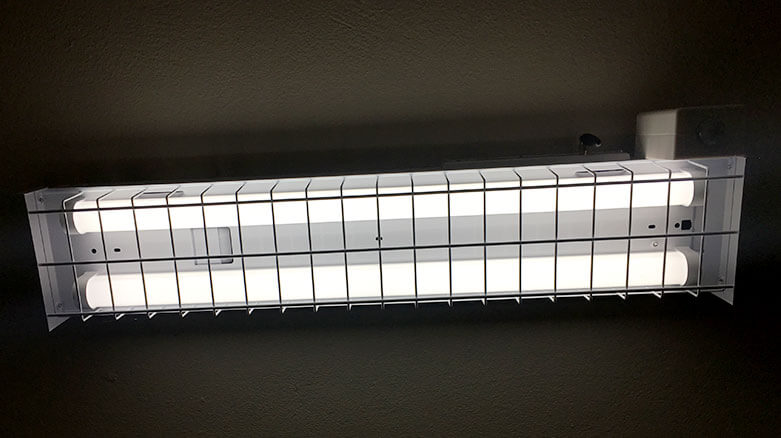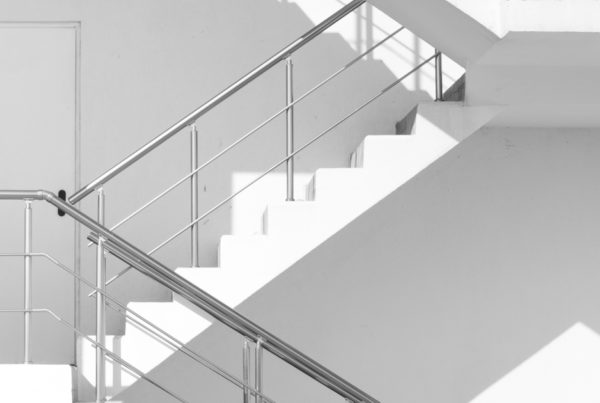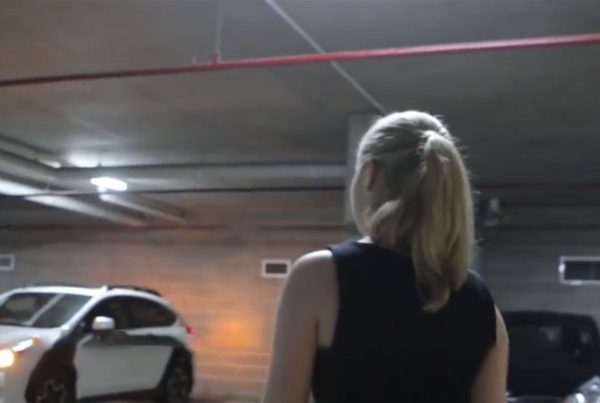According to the Department of Industry, Science, Energy and Resources, lighting can consume up to 40% of energy in commercial premises depending on the type of lighting used and the nature of the business.
As lighting technology has become more advanced, the development of LED lighting has resulted in a lighting source which has a longer lifespan than fluorescent, can run for more extended periods and has a higher degree of efficiency as well as having a reduced impact on the environment.
Some of the common areas where energy savings can easily be achieved include car parks and fire stairs, which generally have a mixture of emergency and non-emergency batten fittings as well as exit lights, spotfires and oyster lights.
When combined with dim-down technology sensors which operate at 20% when areas are clear, and a networked system for remote monitoring, the results achieved through replacement of inefficient lighting sources can be staggering.

A case study undertaken by WBS Technology to replace 137 fluorescent emergency lights as well as non-emergency lights demonstrated an 80% improvement in energy savings. This resulted in maintenance savings of $4510 per annum and a project payback period of 18 months.
Another case study saw a reduction of 81% of kW/h usage and a 15 month project payback. This was achieved through implementation of a sensor-control dimming system and a wireless network monitoring and testing system.
As energy costs increase and with more buildings looking to achieve a decrease in costs, upgrading lighting in buildings can be the simplest way to achieve significant energy savings.
For more information about our energy saving solutions including our dim-down compatible LED fittings, contact WBS Technology or your local wholesaler.





